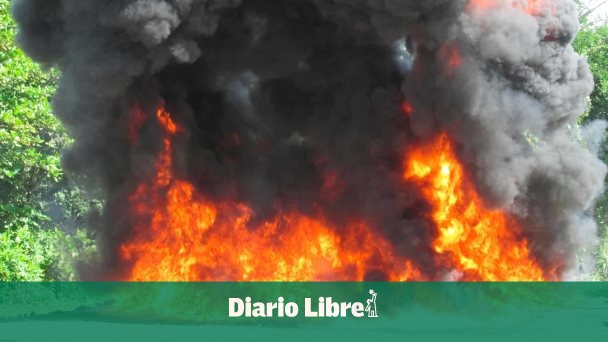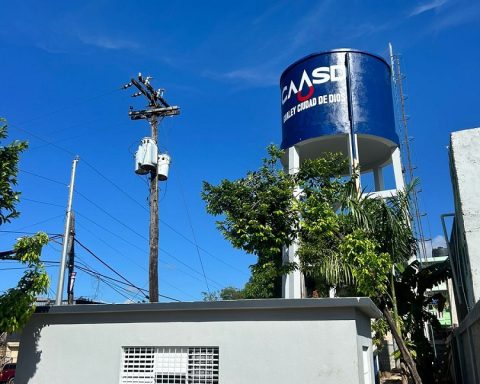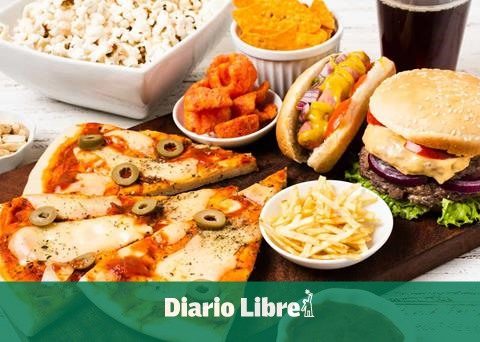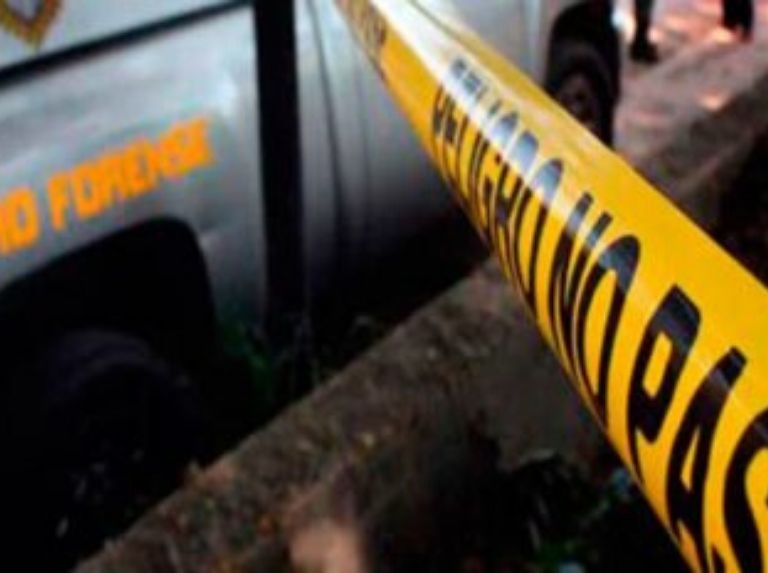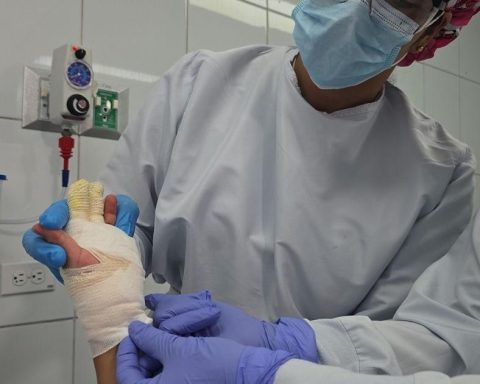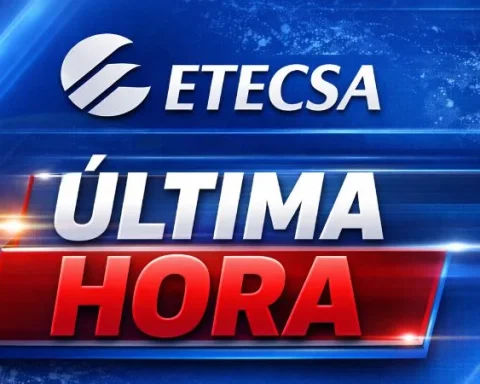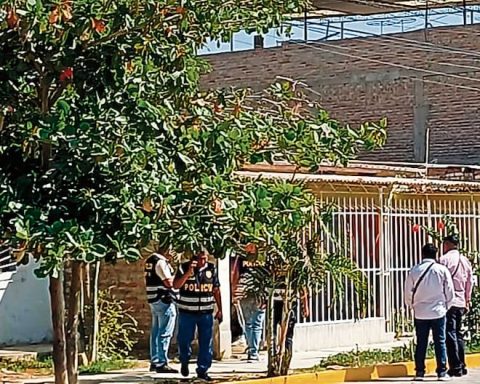From 2012 to September 12, 2024, the authorities of the National Institute of Forensic Sciences (Inacif) they have incinerated 216,597.3 kilograms of controlled substances, with 2022 being the year of greatest activity to date with a cumulative total incinerated of 34,563.440 kilograms.
This is indicated by the statistics of the Attorney General’s Office General of the Republic, published on its Transparency portal, which highlights that in 2012 the Inacif He carried out only one cremation on December 28.
About the accumulated incinerated from December 28, 2012 to September 12, 2024, the year with the largest number of drugs burned was 2022, with a total of 34,563.440 kilograms, marking a significant increase compared to previous years.
Since 2017, a notable increase has been observed in the cremationswhich was consolidated in 2021, with 25,177.27 kilograms and peaked in 2022, so an annual average of can be calculated. cremations of approximately 16,661.332 kilograms.
This sustained increase in the incineration of prohibited substances in the country, according to reports, suggests a growing concern about the traffic and consumption of controlled substances.
In a recent memorandum sent to US Secretary of State Antony Blinken, President Joe Biden defined around twenty countries, mostly Latin American and Caribbean, as “major transit or production sites for drugs “illegal”.
The list includes the Dominican Republic, Afghanistan, the Bahamas, Belize, Bolivia, Burma, Colombia, Costa Rica, Ecuador, El Salvador, Guatemala, Haiti, Honduras, India, Jamaica, Laos, Mexico, Nicaragua, Pakistan, Panama, Peru and Venezuela.
Early last Wednesday morning, in collaboration with the United States Drug Enforcement Agency (DEA) and the U.S. Southern Command, the so-called Buffalo NK operation was carried out to dismantle an international network that, according to authorities, operated in the Dominican Republic for approximately five years, moving shipments of drugs and participating in activities such as money laundering, contract killings and compulsory collections.
The hearing of the request for coercive measures against Rafael Ynoa Santana, known as “el Cojo”, “Pocho” and “el Don”, and Isidro Rotestan Clase, alias “el Men”, identified as the leaders of said network, along with other defendants in the case, is scheduled for this Saturday.
Cremations so far in 2024
According to the latest data from the Attorney General’s Officeabout cremations of controlled substances from January 11 to September 12, 2024, Santo Domingo It is positioned as the province with the highest number of cremationsreaching 6,170,537 kilograms, followed by Peravia with 5,737,063 and La Altagracia with 3,553,802.
On the other hand, the provinces with the lowest amount They are Santiago Rodríguez, with only 1,844, and Independencia, with 4,867 kilograms.
- According to the reportthis year 2024, until September 12, have been incinerated 22,491.701 kilograms of drugsof which, 883,542 were in January; 1,181,695 in February; 4,364,047 in March; 1,196,289 in April; 1,802,718 in May; 1,390,507 in June; 3,942,541 in July; 6,157,433 in August; and 1,572,929 in September.
The drugs most popular
The most attractive substances for the drug traffickingaccording to the volume of cremations carried out, are:
- Cocainewhich tops the list with a total of 17,205.297 kilograms incinerated
- Marijuana, with 5,046,570
- Crack, with 177,544
- Ecogonina, with 43,006
- Ecstasy, with 8,668
- Ketamine, with 8,301
- Hashish, with 1,451
- Methamphetamine, known as the “Devil’s drug”, with about 0.294 kilograms
- Methyldesorphine, with 0.207
- Heroin, with 0.121
